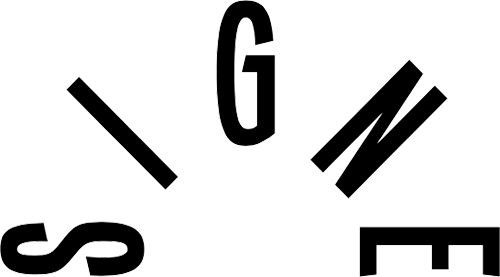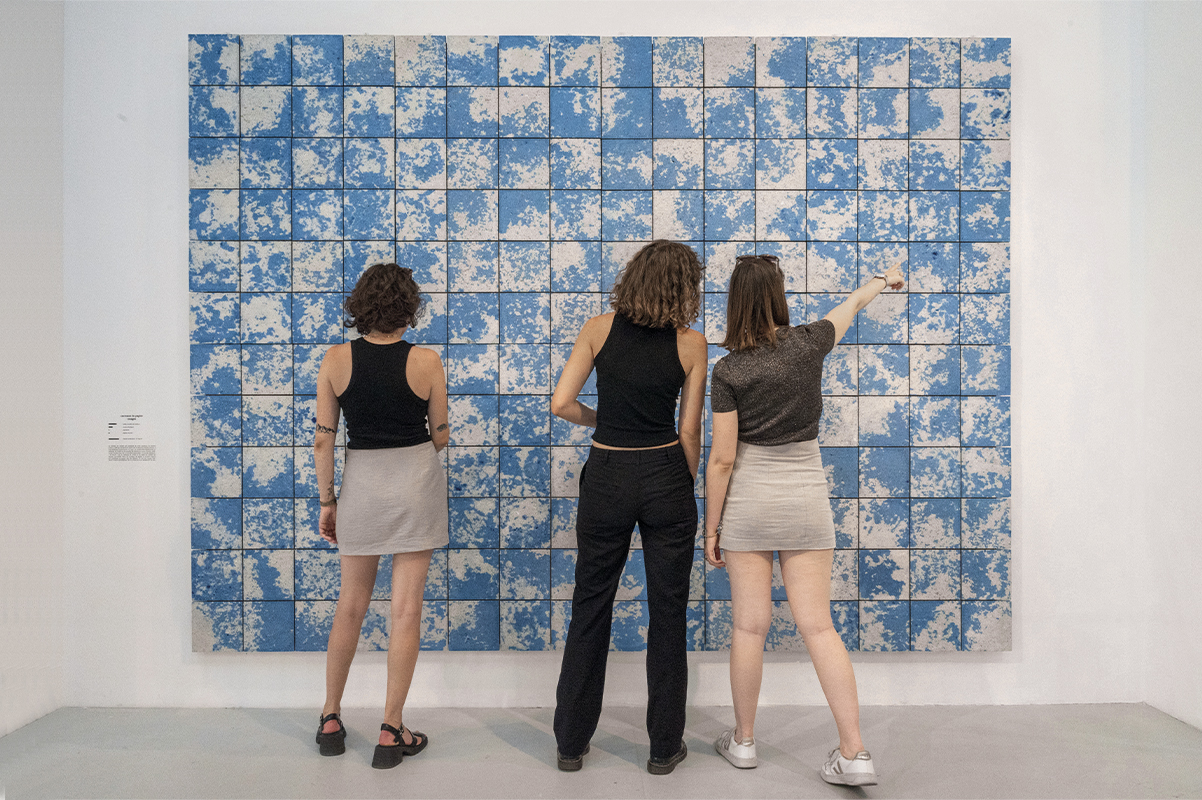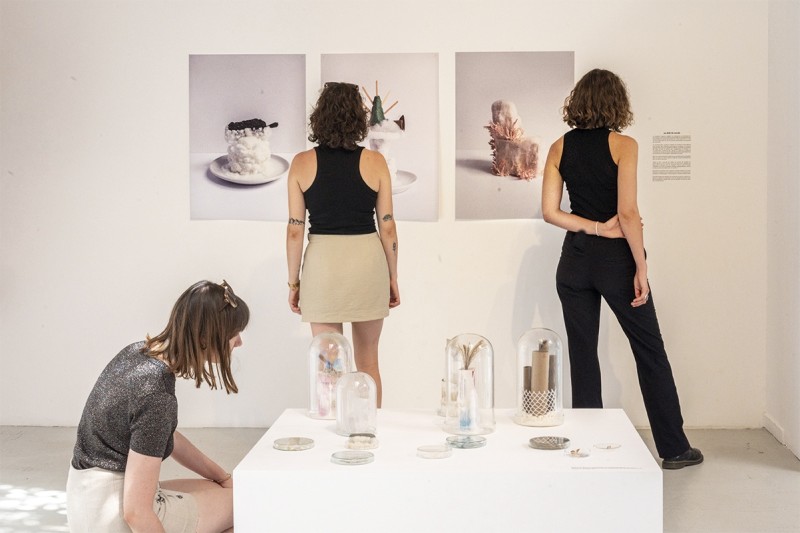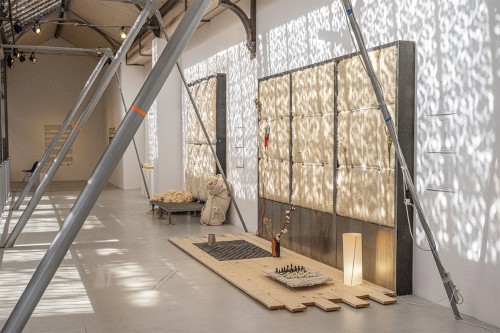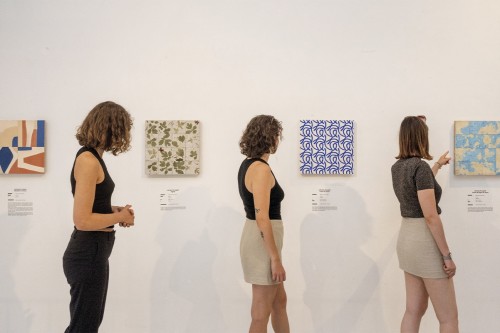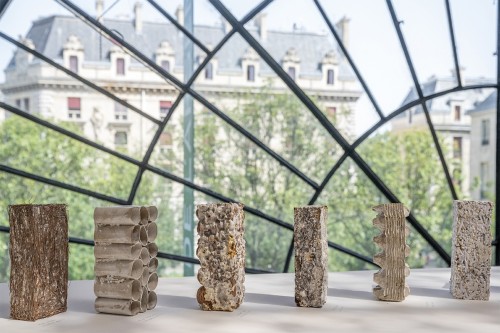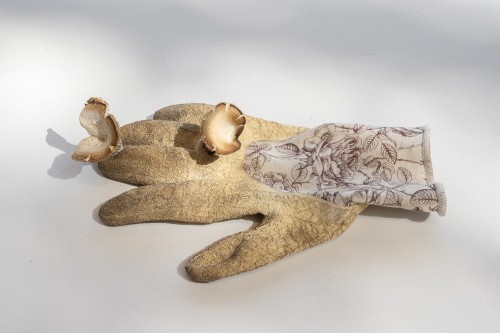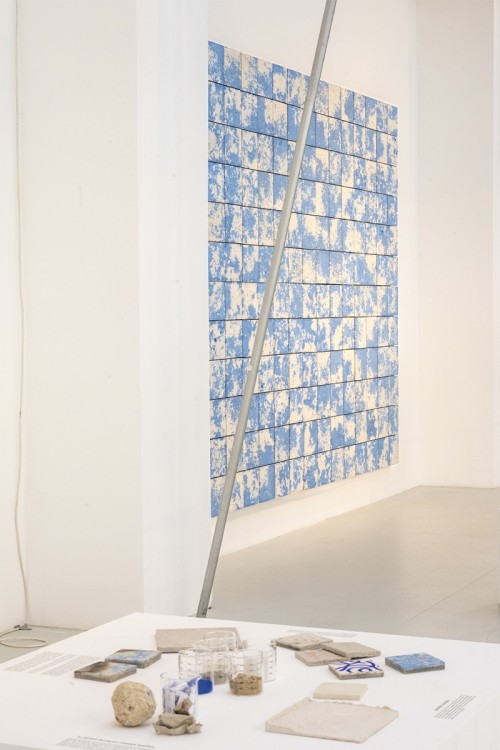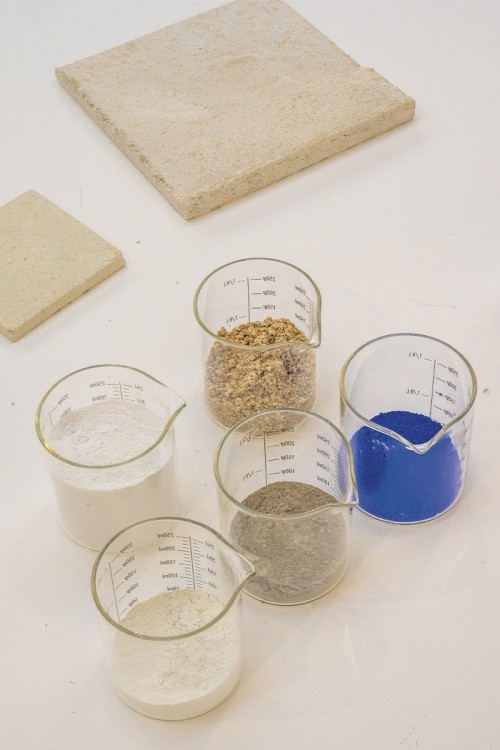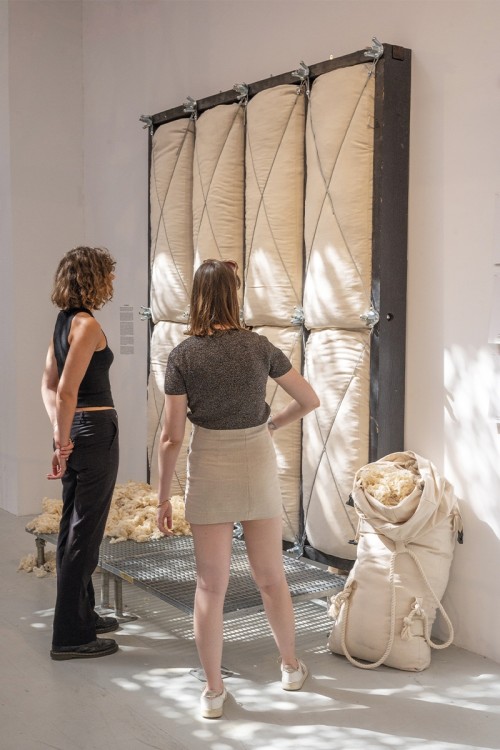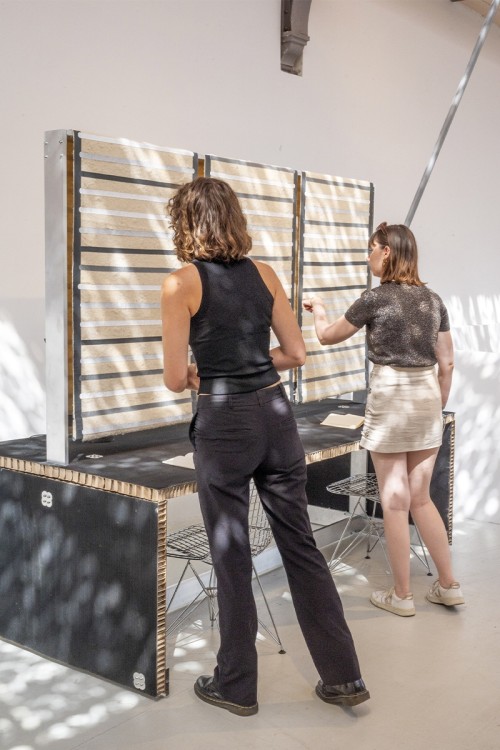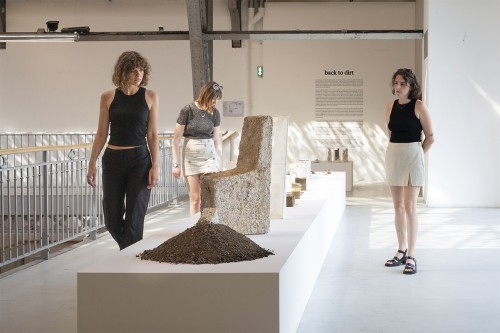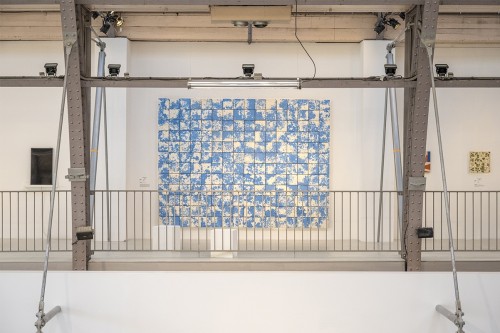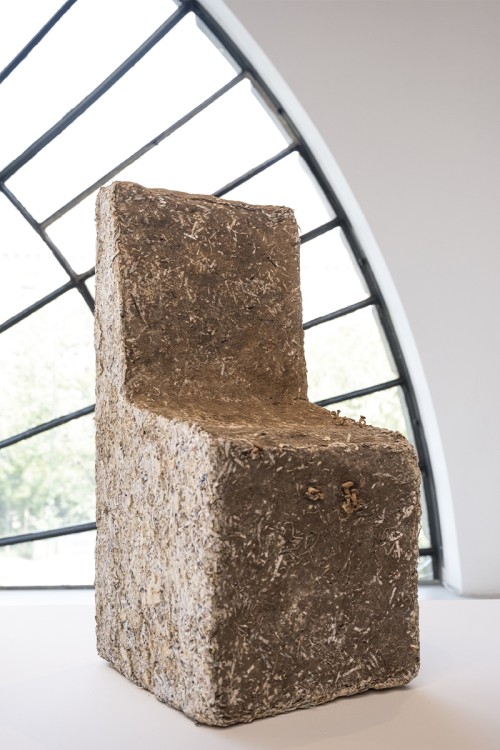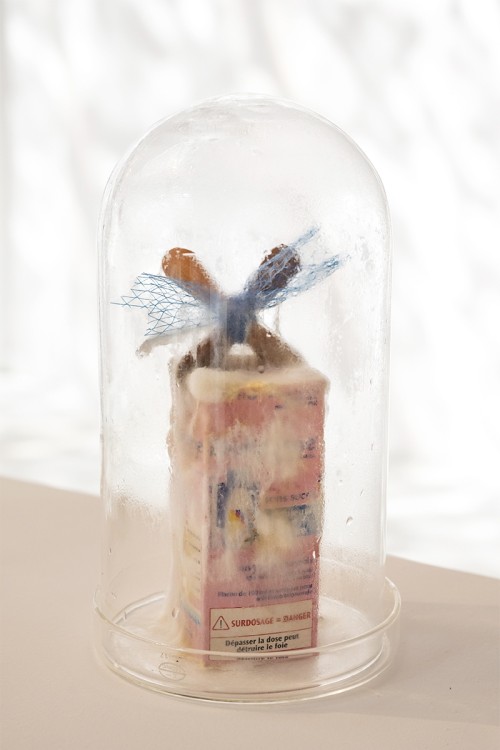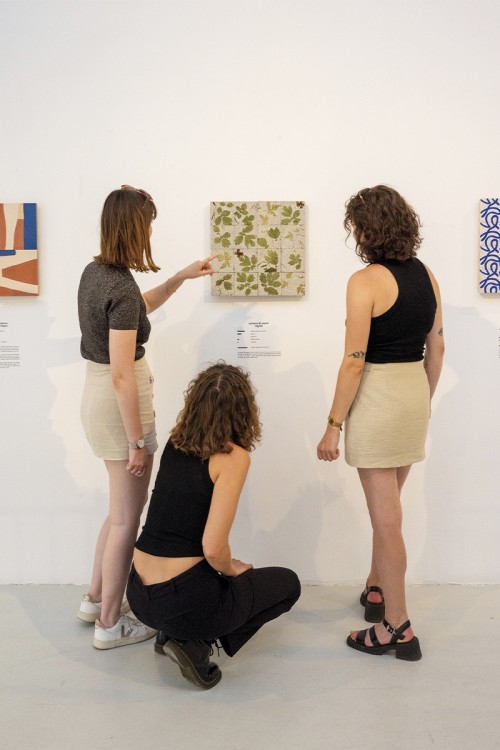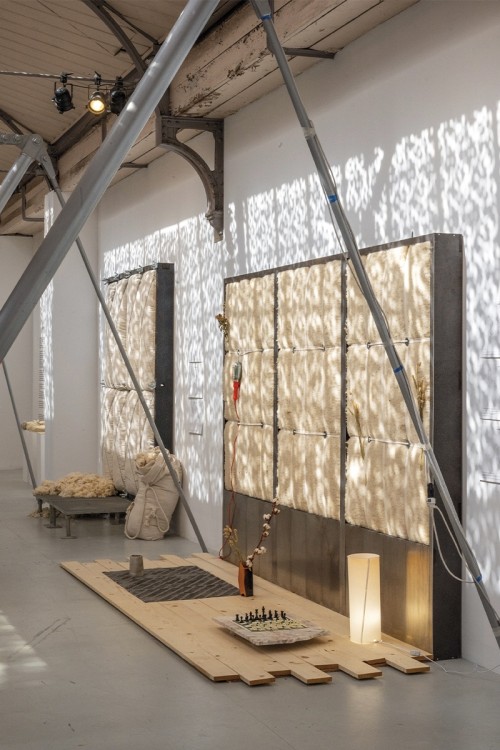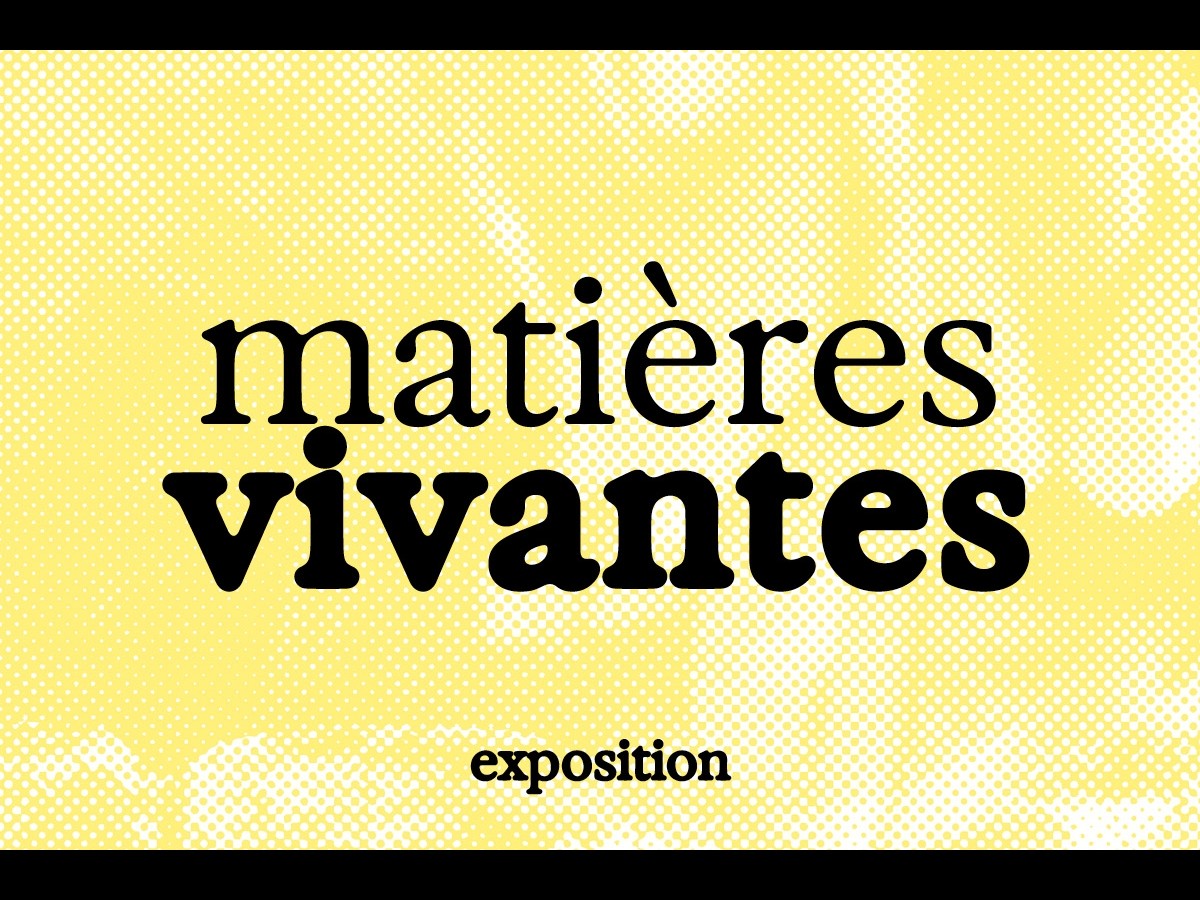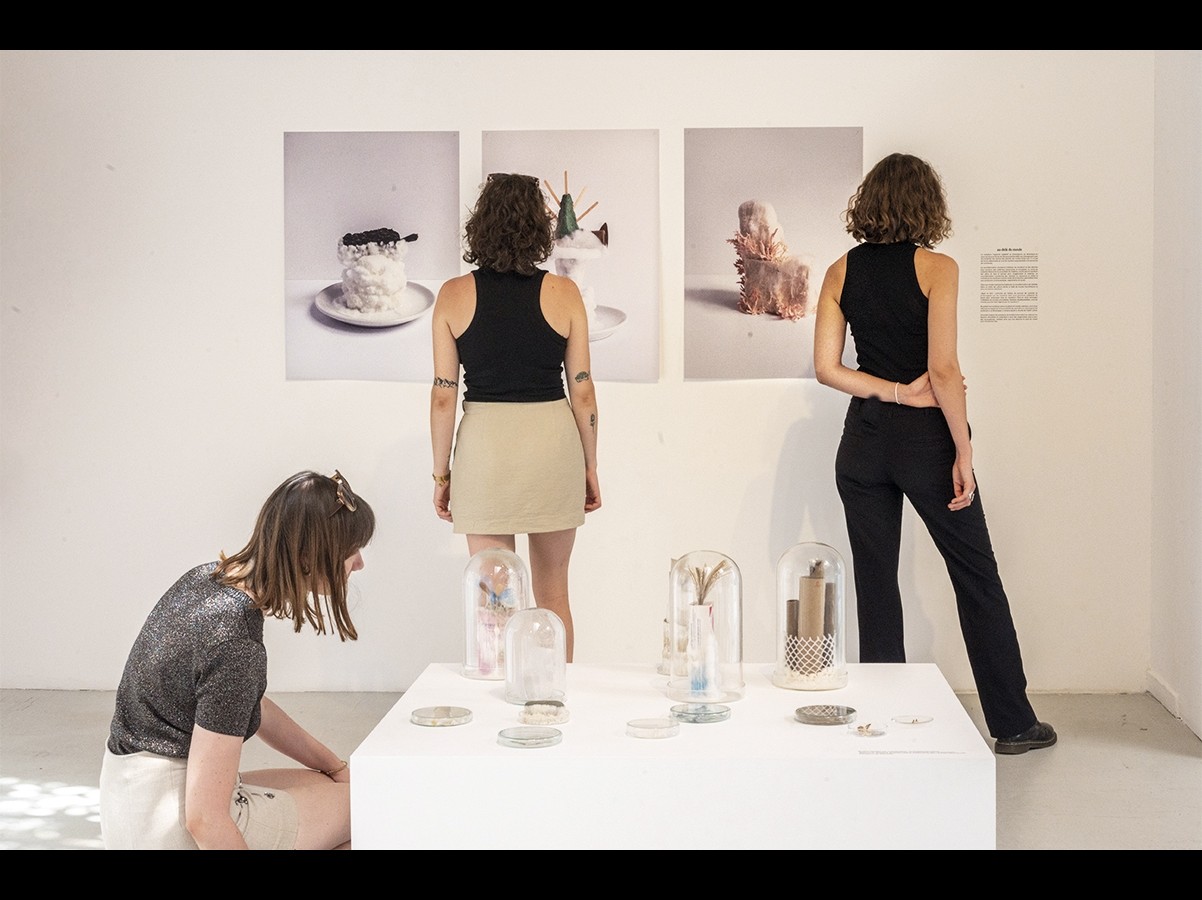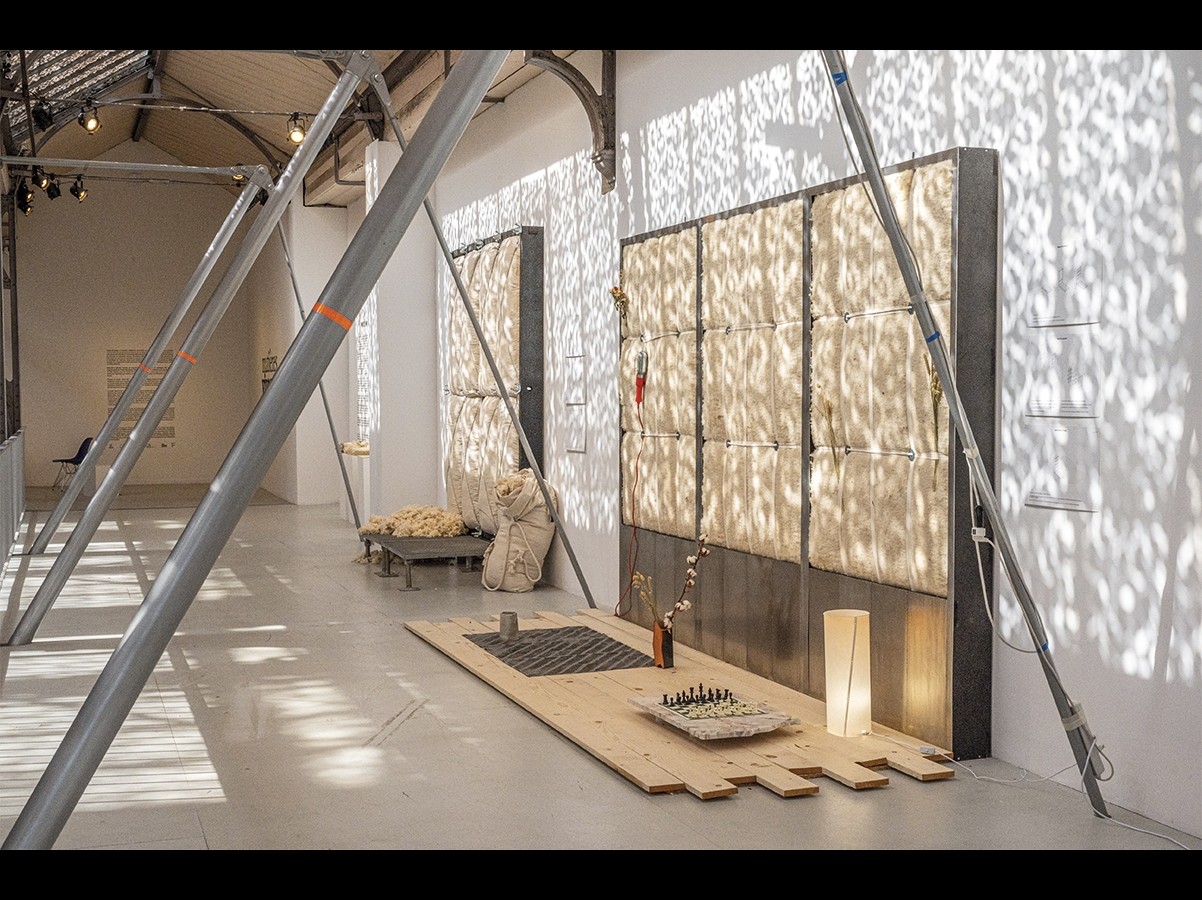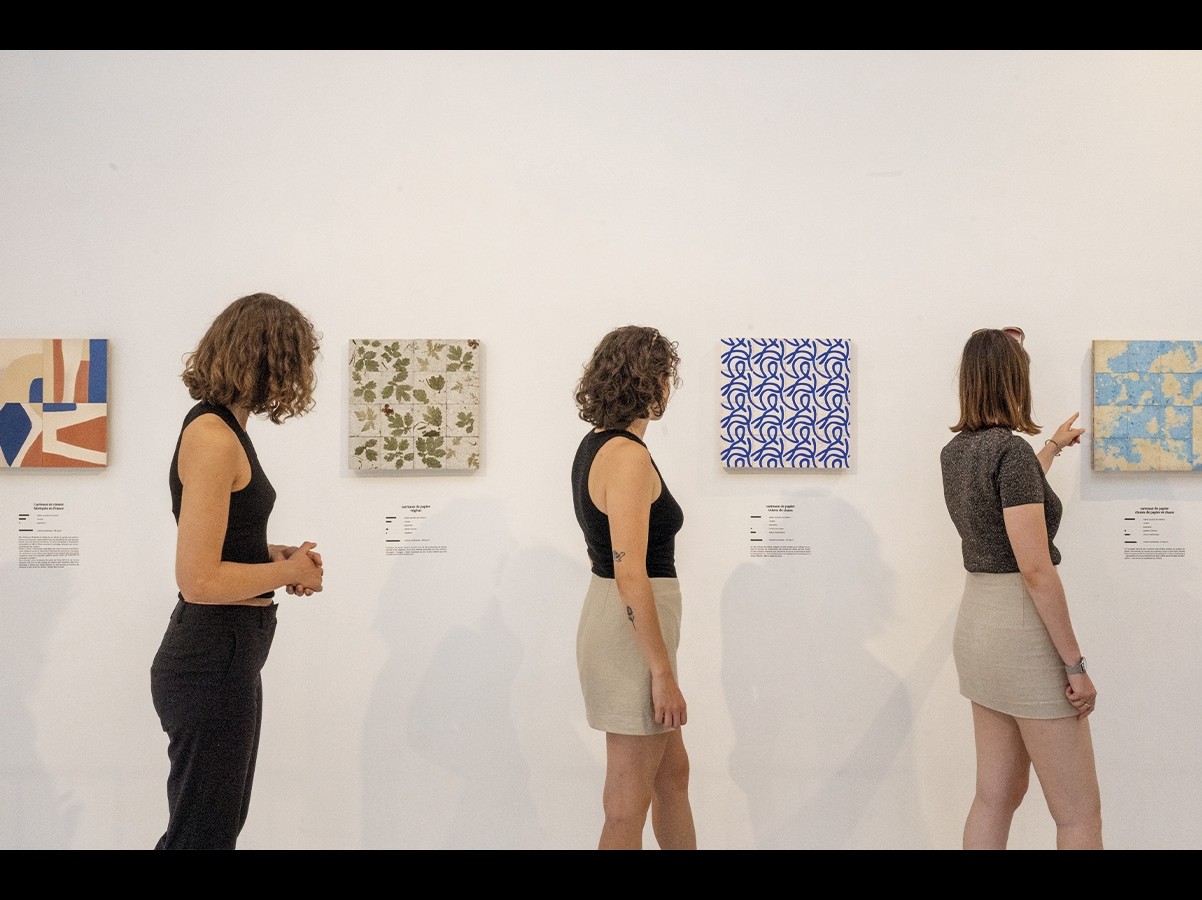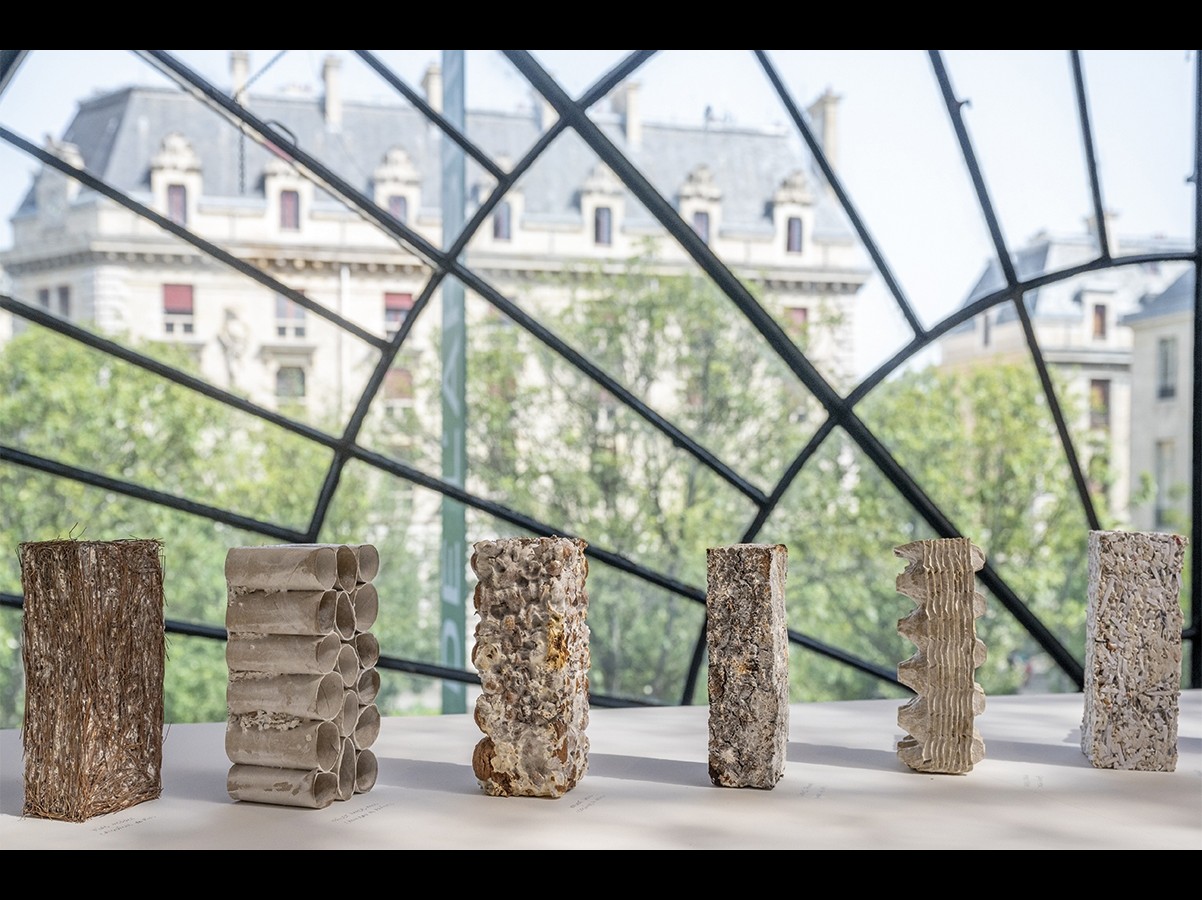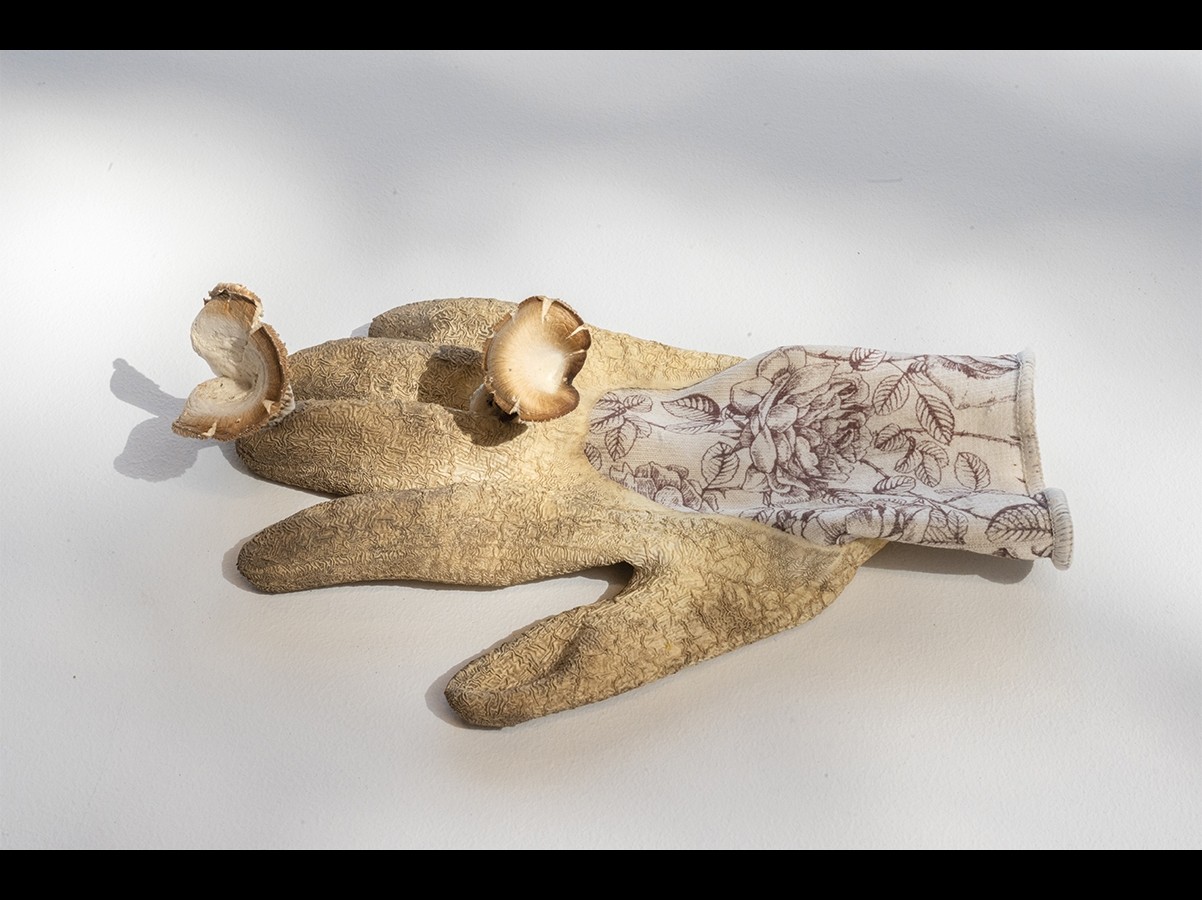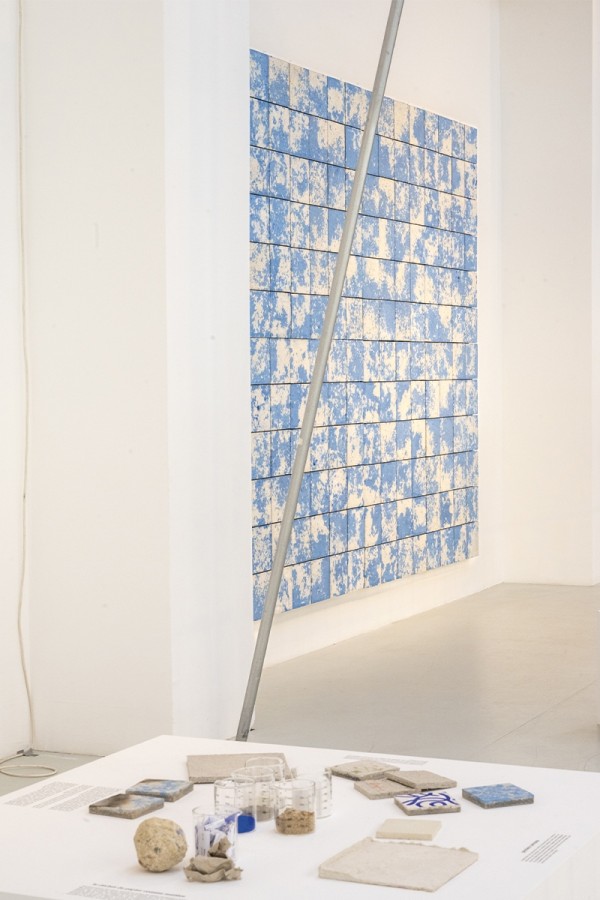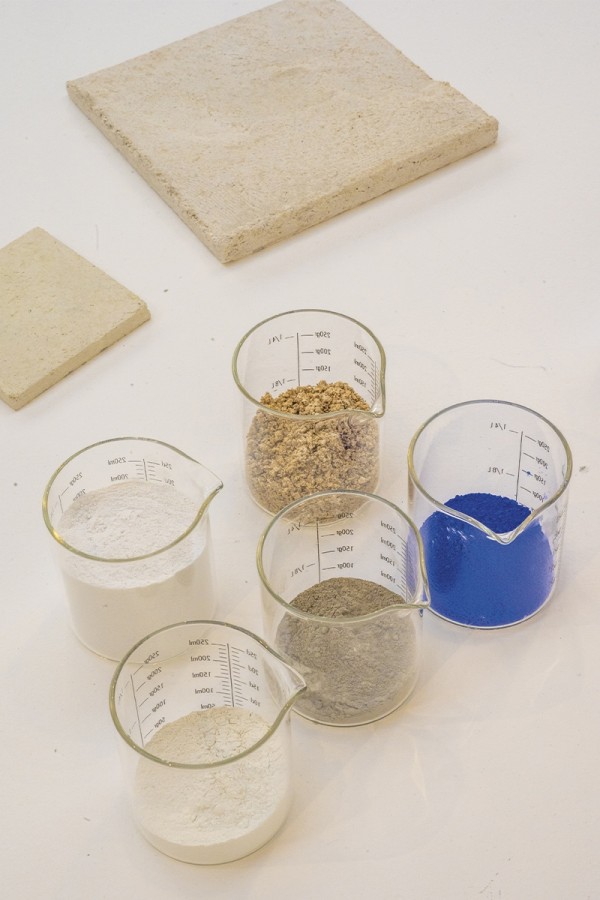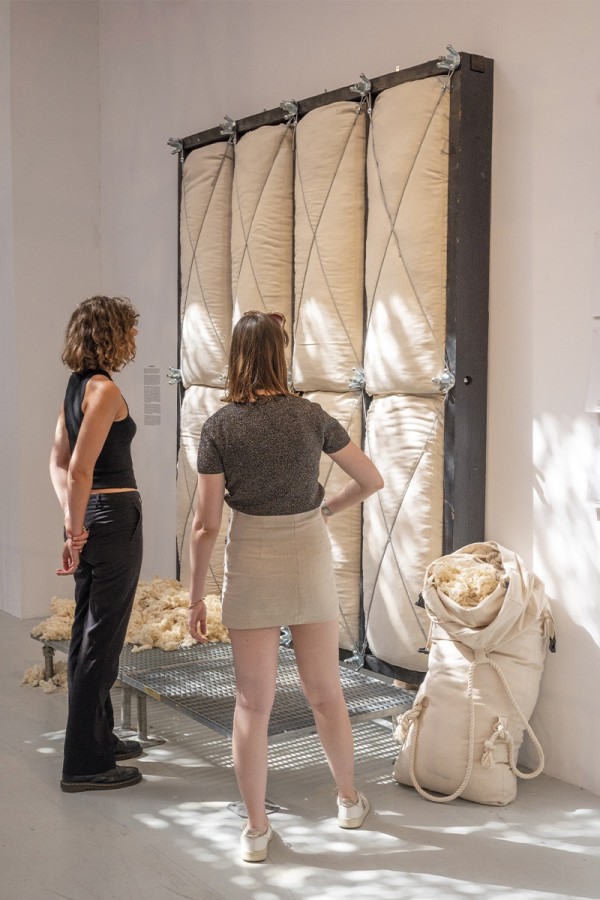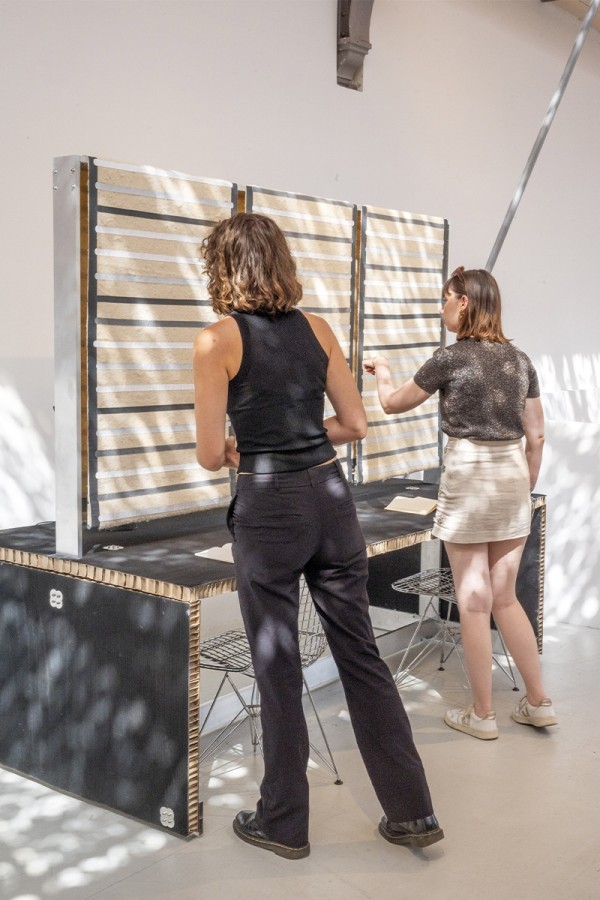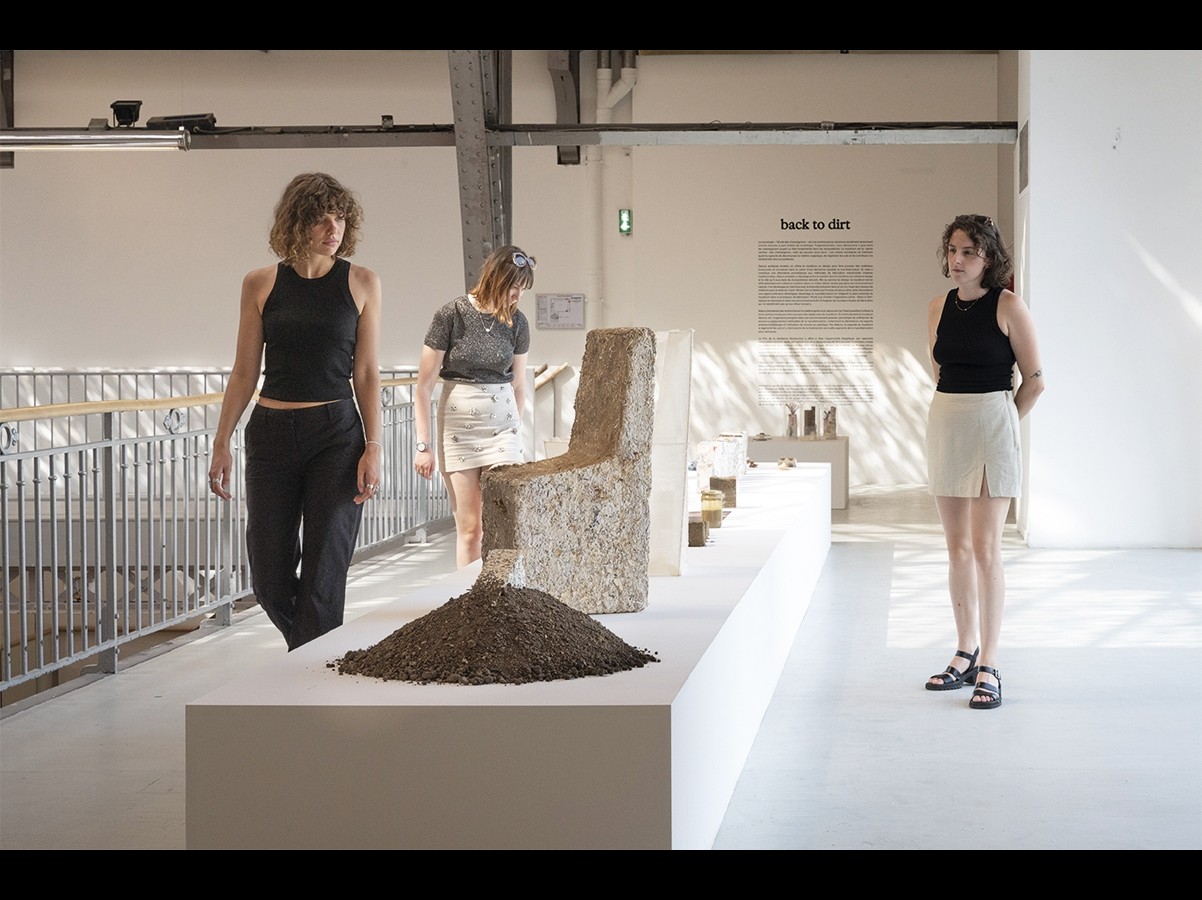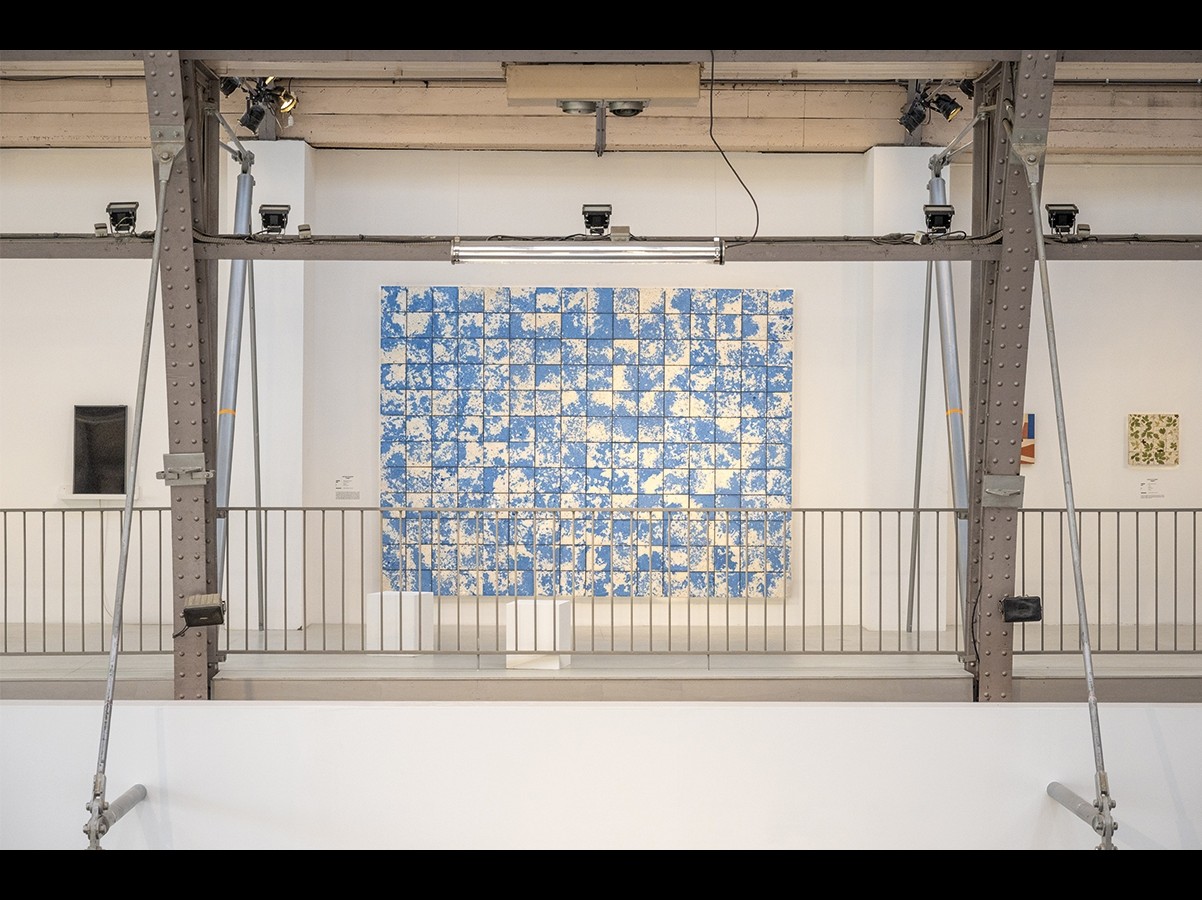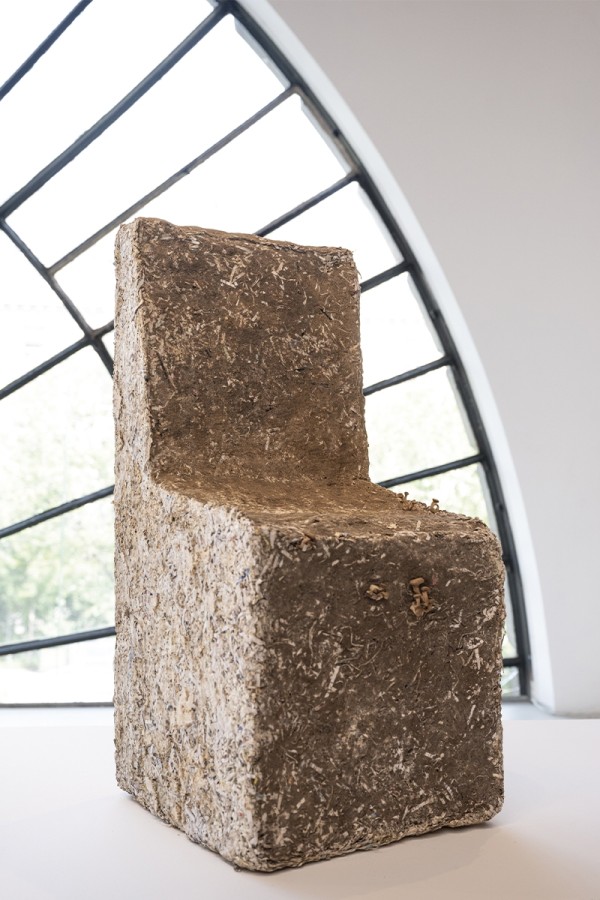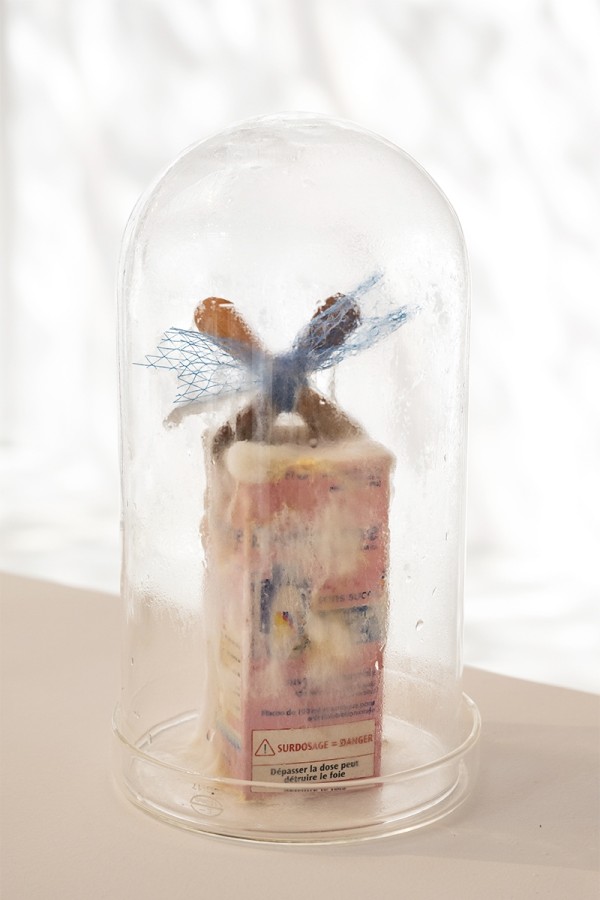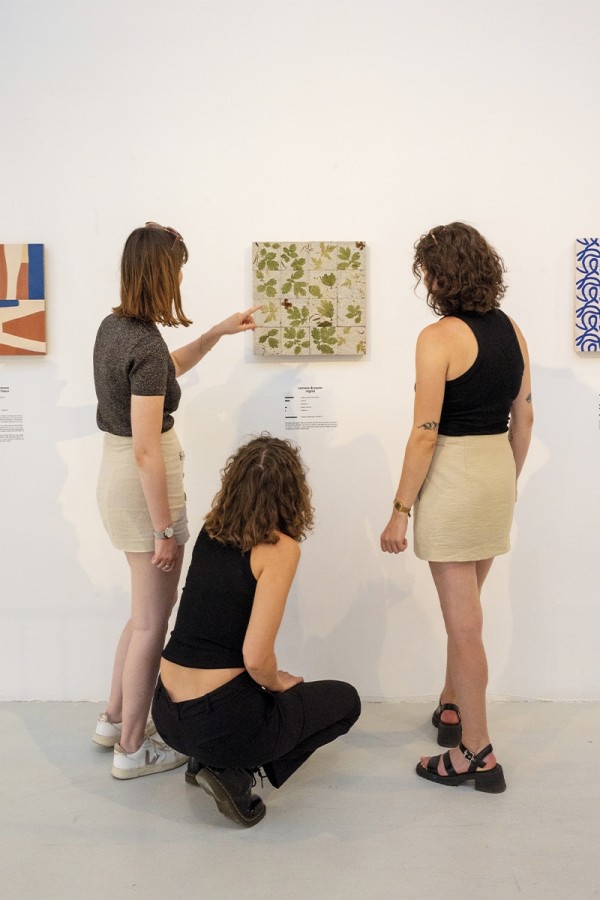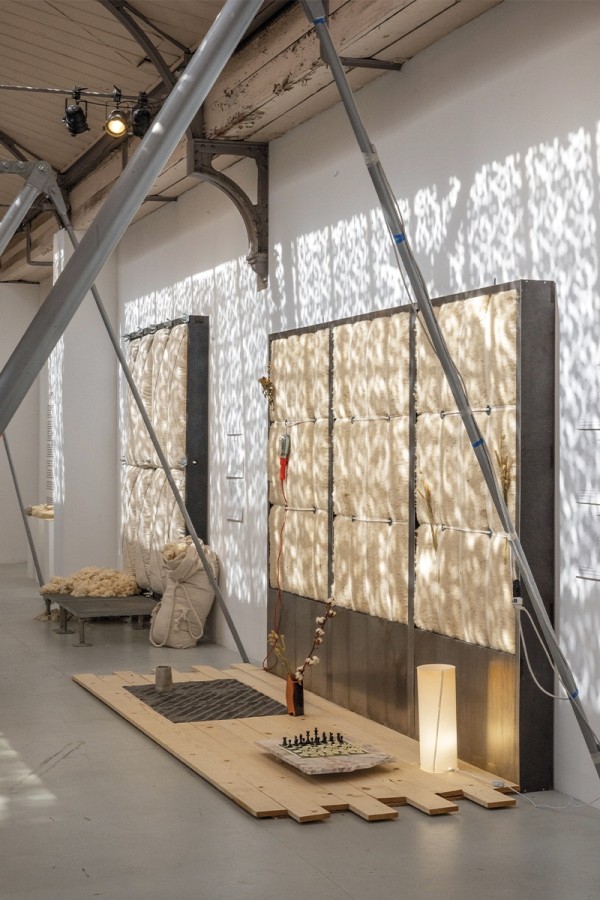Design objects have the potential to integrate living elements into their composition, form, ornamental character, and production processes. They should be developed in a manner that addresses the pressing challenges confronting our built environment. This involves exploring alternatives to resource depletion and ways to reduce the carbon footprint associated with the constructed landscape. The Matières Vivantes [Living Materials] exhibition showcases the experiments, samples, and prototypes of three innovative design projects supported by the FAIRE experimentation platform that establish a compelling dialogue between living tissue and inanimate objects through their work on minimizing the energy impact of manufacturing processes (by circumventing the need for kilning for instance) and on unlocking the technical and aesthetic potential of materials derived from readily available organic matter.
These three instances of experimental research, which were developed by Marlon Bagnou-Beido and Soufyane El Koraichi, Aléa, and Pavillon Noir Architectures alongside César Bazaar, respectively, embody a commitment to utilizing available resources, whether organic or recycled, critically reevaluating manufacturing processes and their resulting forms.
Using the ground as a mold for cultivating mycelium—the root structure of fungi—, the founders of Aléa, designers Miriam Josi and Stella Lee Prowse, have devised a production process that embraces a “bio-inclusive” approach, treating nature as a collaborative partner, while seamlessly integrating into its environment. Under the banner of the Back to Dirt project, this process sidesteps numerous limitations associated with traditional myco-fabrication, including the need for sterilization and additional energy consumption, as well as the reliance on plastic molds. Beyond the finished product, Aléa places the spotlight on the mycelium’s remarkable ability to regenerate soils and enhance biodiversity. Using this living material, the two designers craft exhibition pieces that evolve over time, offering visitors a unique opportunity to witness the material’s ongoing transformation throughout the exhibition.
The “paper tiles” (carreaux de papier) developed by Aude Le Stum and Nicolas Bellet (the founding architects of Pavillon Noir Architectures) alongside designer and engineer César Bazaar provide a sustainable reinterpretation of cement tiles by replacing the traditional formula with a paper-based blend. In France, 9 million tons of paper are consumed annually, amounting to an average of 130 kg per capita, thus underscoring the importance of recycling this material derived from the decomposition of plant fibers. Despite being similar in size to standard concrete tiles, paper tiles achieve a 40 percent reduction in weight. Despite their lighter build, they exhibit similar compressive strength, while also being fire resistant and delivering interesting thermal and acoustic insulation properties. When combined with contemporary manufacturing techniques, paper emerges as an ideal resource for the building industry. Whether used in the form of tiles or as surface covering, paper presents a compelling opportunity to reduce the consumption of sand and cement, with the ultimate goal of replacing these materials to the maximum extent possible.
* Launched by Pavillon de l’Arsenal and the City of Paris, with the support of Caisse des Dépôts, MINI, and EDF, the FAIRE platform invites multidisciplinary teams, architects, urban planners, landscape architects, and designers to propose innovative research and experimentation projects addressing major urban challenges including climate, the materials shortage crisis, new technologies, solidarity, sanitation, and mobility. Since 2017, FAIRE has supported more than 70 multidisciplinary teams and involved upwards of a hundred stakeholders alongside winning teams in order to help develop experimental approaches.


